SISCO lab stirred ball mill is a small-scale grinding device used in laboratories to finely grind materials for research and development purposes. The stirring motion causes the media to collide with the material, reducing its particle size through impact and attrition. Lab stirred ball mill machine is highly efficient for producing ultra-fine particles and is commonly used in industry such as pharmaceutical, ceramic, nanomaterial, and chemical engineering.
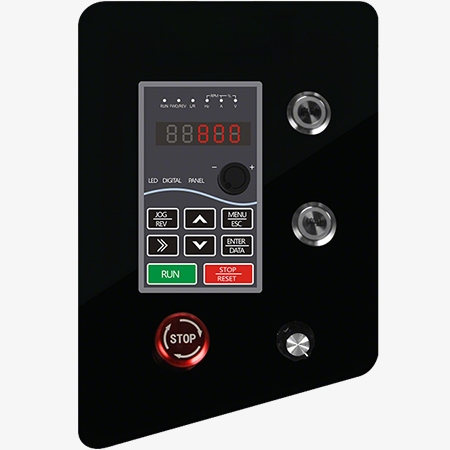
Stirred Ball Mill With a Intelligent Control Panel
- Stirred ball mill is equipped with variable frequency speed regulation, timing and power-off grinding time memory functions.
- One of the primary advantages of a clear control panel is improved operational efficiency. This reduces downtime associated with operator confusion and allows experiments to proceed smoothly.
- With intelligent control panel, user can set and maintain exact parameters, leading to consistent and reproducible results. This is particularly beneficial in research where subtle variations in particle size can affect the properties and behavior of the end product.
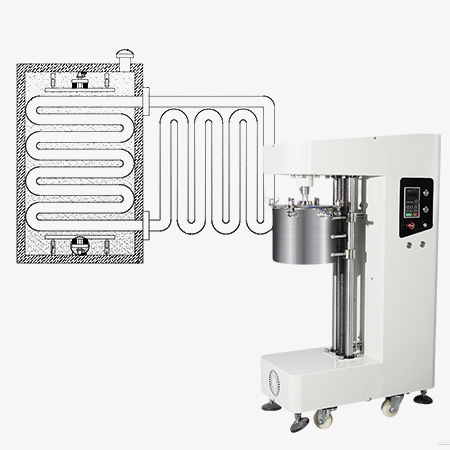
Water-cooled Cycle in Vertical Stirred Ball Mill Machine
- Operating a stirred ball mill grinder without proper cooling can result in overheating, which may pose safety hazards such as pressure buildup, thermal degradation of volatile compounds, or even fire in extreme cases. Integrating a water cooling cycle helps dissipate heat effectively, minimizing these risks and ensuring safer laboratory operations.
- Certain materials, such as polymers, pharmaceuticals, and nanomaterials, are highly sensitive to temperature changes. A water cooling system allows researchers to process these materials without compromising their properties. This expands the range of applications for the ball mill machine and makes it suitable for advanced research in material science and biotechnology.
Applications
SISCO ball mill is a versatile grinding device used in various industries for reducing materials into fine powders. In the mining industry, it is widely used to grind ores and minerals for metal extraction. In the cement industry, ball mills help grind clinker and other raw materials to produce cement. Overall, the ball mill machine is a critical piece of equipment for materials processing in industrial, laboratory, and manufacturing settings.
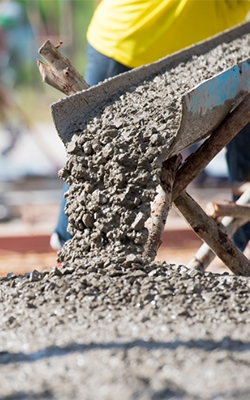
Cement Industry

Ceramic Industry
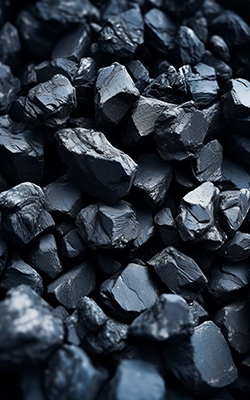
Mineral Processing
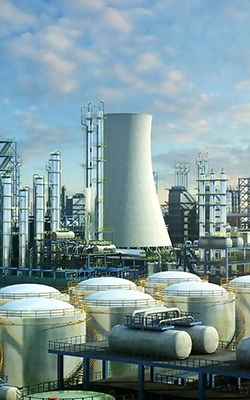
Chemical Industry
| Model | SISCO-BM-SJM-2L | SISCO-BM-SJM-3L |
| Grinding Jar Capacity | 2L | 3L |
| Load Capacity | 660ml | 1000ml |
| Power | 1.5kW | |
| Voltage | 220V 50Hz/ 110V 60Hz | |
| Rotate Speed | 0-1000r/min | |
| Cooling Device | Water cooling cycle | |
| Available Jar | Stainless steel/ polyurethane (PU) | |
| Net Weight | About 130kg | |
Structure:
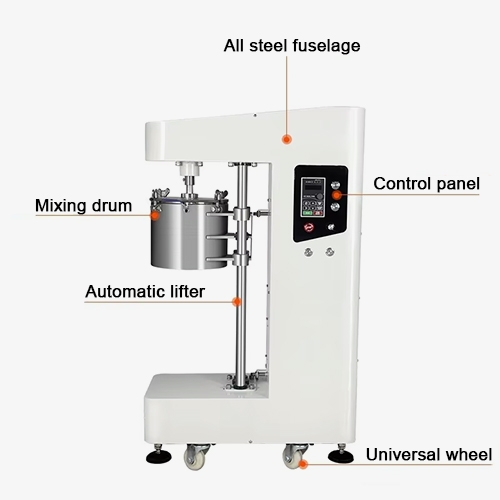
Q1: What is a ball mill?
A1: A ball mill is a type of grinding machine used to grind or blend materials into fine powder. It consists of a rotating cylindrical shell filled with steel or ceramic balls, which tumble and crush the material as the mill rotates. Ball mill machine is valued for their efficiency, simplicity, and ability to produce uniform particle sizes suitable for further processing or direct use in various products.
Q2: What are the types of ball mill?
A2: Ball mills are classified based on their operation and design. The main types include horizontal ball mills, vertical ball mills, roller ball mills, stirred ball mills and planetary ball mills, ideal for lab use. Others like batch ball mills process materials in set volumes, whereas continuous ball mills run uninterrupted for large-scale production. Selection depends on application, material properties, and desired particle size. Each type offers unique advantages for specific industrial needs.
Q3: What is a ball mill used for?
A3: A ball mill machine is widely used in various industries for grinding and blending materials. In mining, it grinds ores into fine powders for mineral extraction. In the cement industry, it processes raw materials and clinker. In laboratory, it is used for sample preparation and mechanical alloying. The ability to handle both wet and dry materials makes it versatile. Its effectiveness in producing uniform particle sizes makes ball mill crucial for both research and large-scale industrial applications.
Tips: How to clean a stirred ball mill after use?
To clean a stirred ball mill after use, first turn off and unplug the machine. Carefully remove the grinding media and separate it from the milled product. Rinse the milling chamber and media with an appropriate solvent or water, depending on the material processed. Use a soft brush or cloth to dislodge any remaining residue. For thorough cleaning, operate the mill with a cleaning medium like sand or a neutral powder for a short cycle.
Thank you for buying industrial test and measurement equipment on SISCO.com, all products sold by SISCO and the partner cover a 12 months warranty, effective from the date of receiving the products.
What is covered?
SISCO is responsible for providing free spare parts, and free technical support to assist the customer to repair the defective products until the problem is solved.
What is not covered?
- Product purchased from anyone other than a SISCO store or a SISCO authorized reseller.
- Expendable parts.
- Routine cleaning or normal cosmetic and mechanical wear.
- Damage from misuse, abuse or neglect.
- Damage from use of parts other than SISCO approved.
- Damage from use outside the product’s usage or storage parameters.
- Damage from use of parts not sold by SISCO.
- Damage from modification or incorporation into other products.
- Damage from repair or replacement of warranted parts by a service provider other than a SISCO authorized service provider.
- Damage caused by the application environment not meeting the product usage requirements and the failure to perform preventive maintenance.

